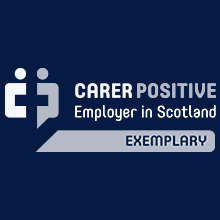Localised & Systemic
Information
Scleroderma is a range of autoimmune conditions that cause hard, thickened areas of skin and sometimes problems with muscles, bones, internal organs and blood vessels. It can be localised or systemic.
It is rare in children, but a high index of clinical suspicion is required as prompt referral and treatment improves outcomes. Please refer all suspected cases urgently to Paediatric Rheumatology.
Most children (93%) will have Juvenile Localised Scleroderma, which has an incidence rate 3.4 per one million children per year. 20% of children with juvenile localised scleroderma can have extracutaneous features including arthritis, uveitis, autoimmune disease or neurological involvement.
Suggested website to have a look at images to aid diagnosis: www.dermnetnz.org
- Localised:
- Morphoea
- Linear scleroderma
- En coup de sabre
- Progressive facial hemi-atrophy or Parry Romberg syndrome
Systemic sclerosis is extremely rare, with an incidence of 0.27 per 1 million children/year. Systemic sclerosis is associated with organ involvement and patients require a multisystem workup.
- Systemic:
- Limited cutaneous
- Diffuse cutaneous
- Undifferentiated connective tissue disease
- Overlap syndromes
Patients in both groups will often require treatment with steroids and systemic immunosuppression. A small number of patients can be managed with topical treatment alone in conjunction with Dermatology.
M.A. & J.H. 04-06-24
Please refer all suspected cases urgently to Paediatric Rheumatology.













